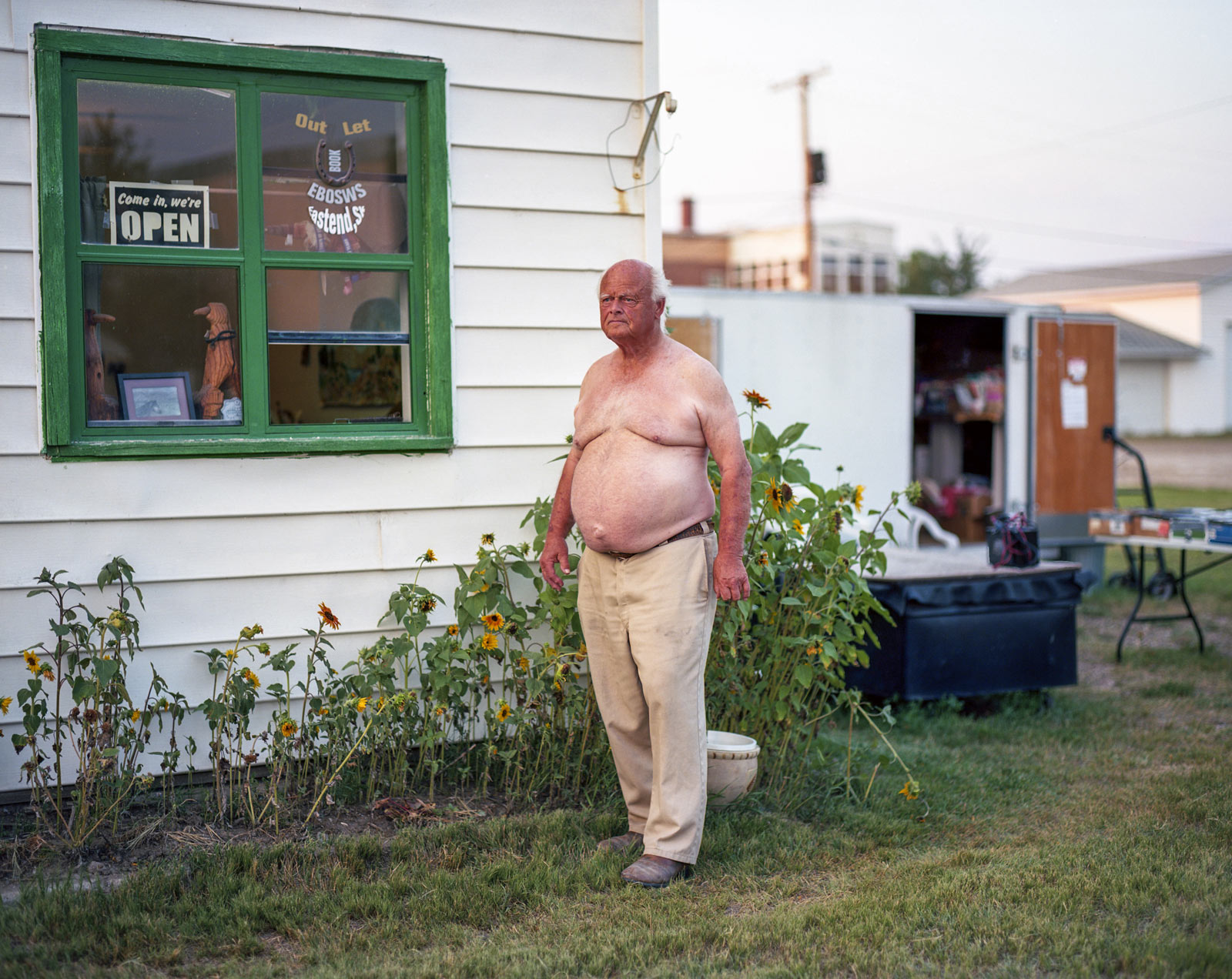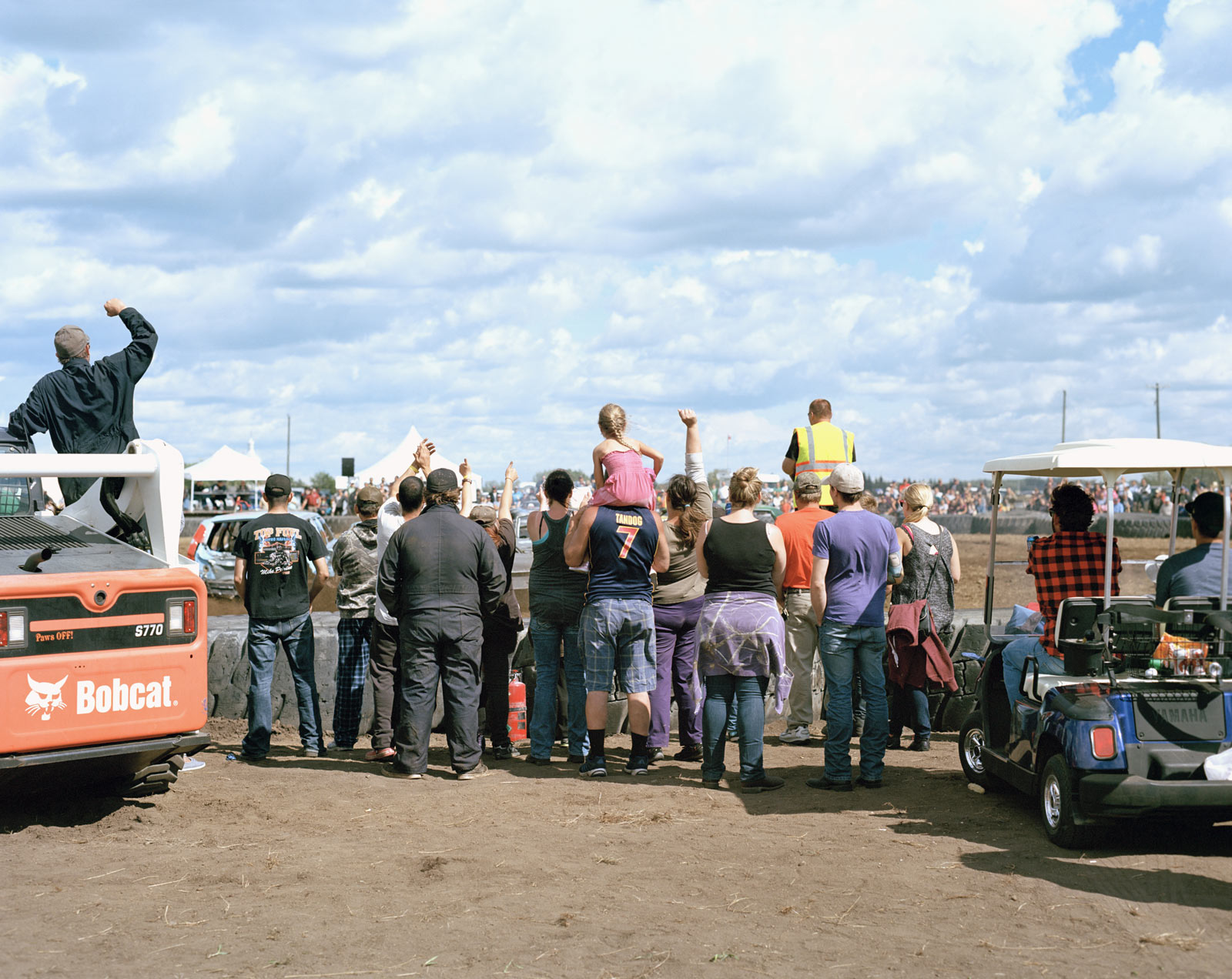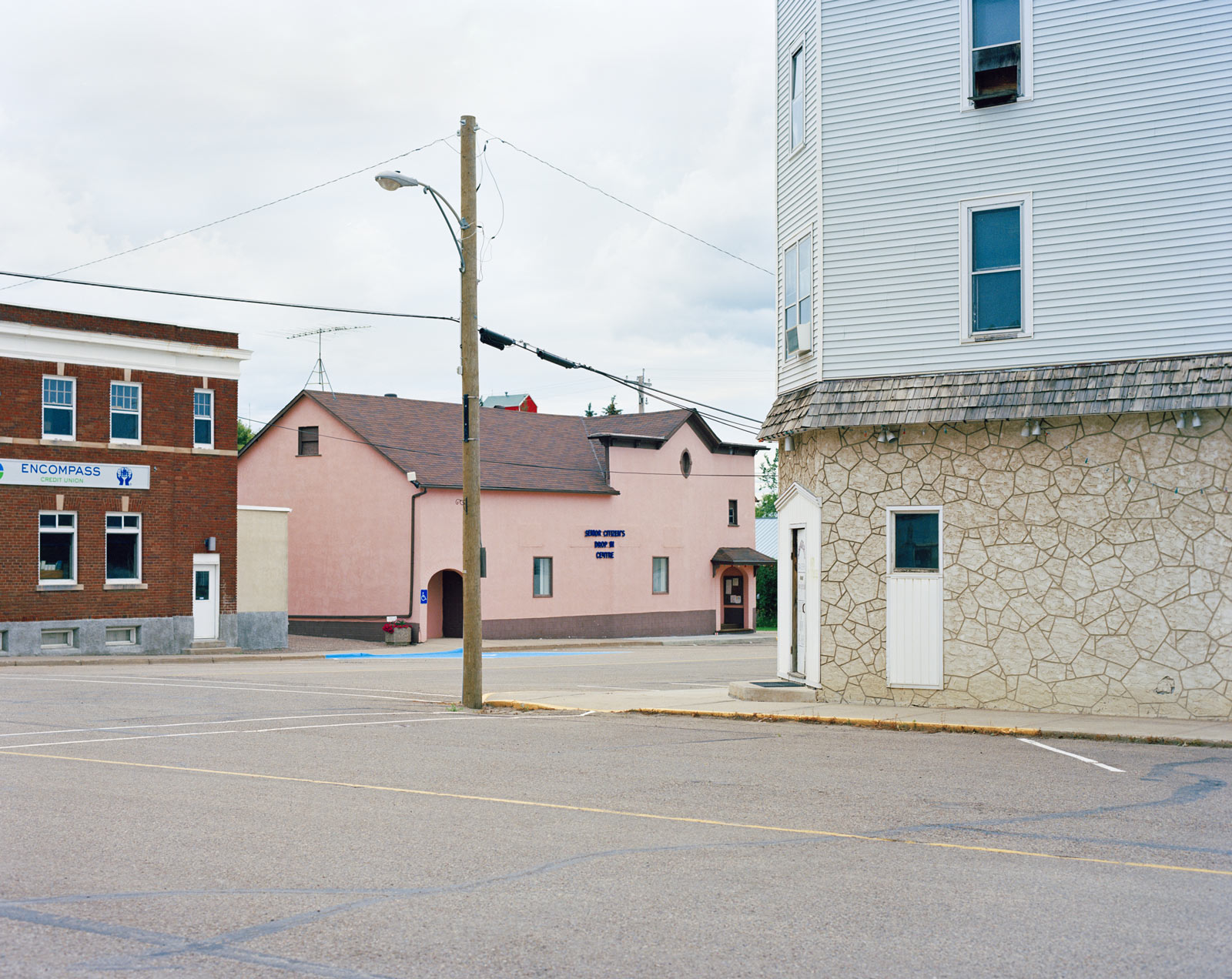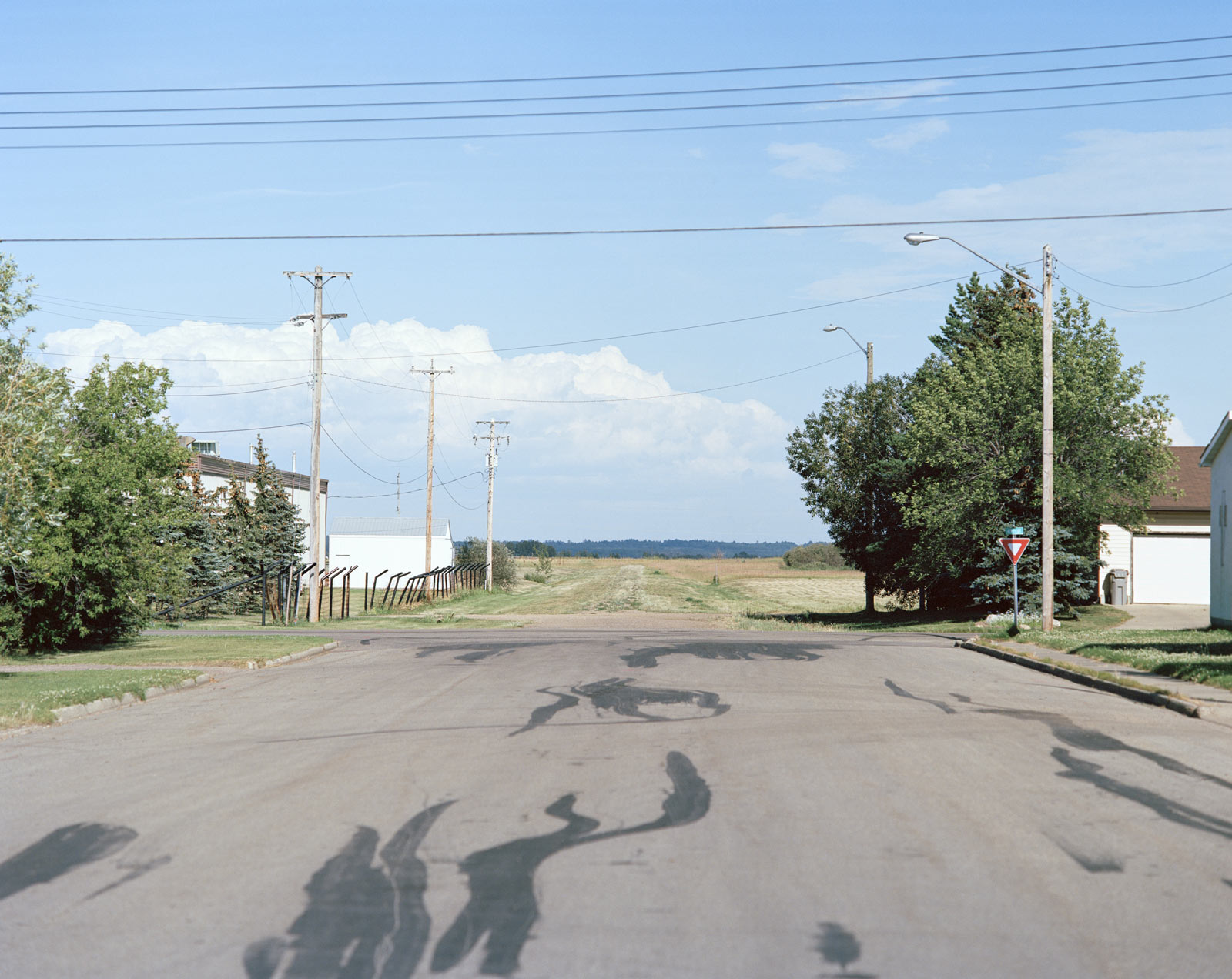The strange, hard-won beauty of the prairie landscape – a vista that carries on in every direction, pressed into perpetual place by the weight of a blazing-blue sky – is steeped in mortality. It’s more often associated with the end, not a beginning; more associated with the past than a future. It’s where the cowboy rides off into the sunset to die, not live happily ever after.
Years ago, as many do, I left the Prairies – left my home in Mundare, Alta., in search of opportunity in places such as London and Toronto. But the Prairies are in my bones. Make no mistake: This essay was written in a small town, soaked in a 3 a.m. bottle of Hutterite wine.
But in my journey, I’ve met people along the way who don’t or won’t understand us. This is common, because there is no one definition of “rural” – only a complex tapestry of overlapping cultures, ideas, ethnicities and politics. Failing to see us in this complex way is to ignore basic human needs and fears. Failing to see us makes the malaise all the more alienating. It devastates our homes, turning them into a cultural terra incognita.

A self-described prairie nomad pauses in Whitecourt, Alberta

Miniature church on the outskirts of town, Drumheller, Alberta

Chinese-Western restaurant, Westlock, Alberta

Used book salesman, Eastend, Saskatchewan

A sideroad in the Prairie Badlands, Drumheller, Alberta
Armed with cameras and notebooks, I’ve spent the past 10 years visiting 200 towns, documenting the Prairies’ complexity and speaking with the people who call the region home. I was in search of understanding, but also something else: a vision unique to Canada’s Prairies, a way of seeing to call our own.
What I saw were the scars of perpetual decline, vestiges of being mere waypoints on the colonial immigrant’s path from the “new world” to the “urban world.” That’s been made worse by tanking oil prices, provincial governments without foresight and a federal government led by a Prime Minister who can cause the average Prairie dweller to bristle at the mere mention of his name. The pandemic has only magnified the hardship experienced by people in rural communities, many of whom were already holding on to a fraying rope.

Retired rancher and his dog, Rimbey, Alberta

Delipidated house in Metiskow, Alberta

Junk collector outside of his home, Ashmont, Alberta

Onlookers at the annual Demolition Derby, Smoky Lake, Alberta

Replica T-Rex in Drumheller, Alberta
These are not the backward folk of too-common urban myths. These are people in pain.
These are people who, having seen public services slashed to the bone, defend their own properties, knowing that the police will take at least 20 minutes to respond. These are people who know that, unlike cities, there is no promise of redevelopment in small towns – that once a rural community falls below a certain threshold, the only long-term prospect is an inevitable return to grassland. These are people who are seeing their way of life become endangered but who also proudly remember that their economies were once among the most competitive in Confederation – so why should they now be at the bottom of Canada’s social ladder? These are people losing hope, buffeted by U.S. influence from the south, disdain from the east and indifference from urban neighbours – all of which threatens to push Prairie dwellers into political retreat, division and radicalization.

A worker on mainstreet, Bashaw, Alberta

Sunday afternoon in a prairie smalltown, Chauvin, Alberta

Amateur archaeologist in the prairie Badlands, Wayne, Alberta

Elderly couple running errands uptown, Bretton, Alberta

Patio of Piccolo Pizza and Pasta Restaurant, Bentley, Alberta
I saw this Prairie vision when I spent an afternoon with Gary from Donalda, Alta., who expounded on how the federal government does not support his beliefs and how we need to return to the teaching of the Bible and YHWH. This kind of thinking is good for no one, especially at-risk rural groups who are already socioeconomically marginalized: Indigenous communities, transients, sexual minorities and new Canadians.
I saw this alienation when I kicked dirt with Jim, an old rancher I met in the parking lot of a hotel bar in Rimbey, Alta. He bemoaned how foreign this world seems to him now and how much has changed. I saw it when he said that things were simpler for rural folk back in the day.
I saw the despair when Judy, picking up garbage alongside the Cowboy Trail in Alberta, fretted to me about her son’s future in the oil industry. I saw her concerns echoed in Eastend, Sask., where Ernie, a used-book salesman, offered me a beer and told me, among sun-bleached copies of Treasure Island and Wolf Willow, about the difficulty of keeping a Prairie business running.

Edge of a prairie town, Clyde, Alberta

Abandoned car waiting to be taken to a junk pile, Eston, Saskatchewan

A Freeman on the Land poses with his dogs next to his house, Donalda, Alberta

Jehovah Witness spreading the word on mainstreet, Athabasca, Alberta

A Dancer in Regalia, Driftpile Powwow near highway 2, Alberta
These are portraits of towns and people who are our neighbours. People who see you – and who hope you see them. It is our responsibility to do so.
Kyler Zeleny is a Canadian photographer, researcher and author whose current work focuses on contemporary issues in rural spaces. His new book Crown Ditch & The Prairie Castle, from which these photos were selected, was published this month by The Velvet Cell, Berlin.
Keep your Opinions sharp and informed. Get the Opinion newsletter. Sign up today.